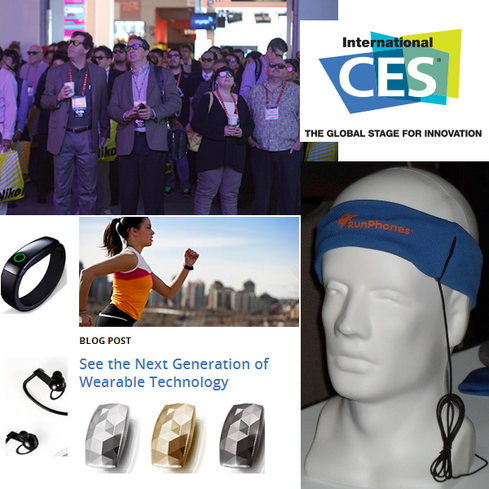Smartwatches Behaving Badly: User GripesSmartwatches Behaving Badly: User Gripes
Fixya reveals the most common complaints from owners of five popular smartwatches from Pebble, Samsung, and others.


10 Wearables To Watch At CES 2014
10 Wearables To Watch At CES 2014 (Click image for larger view and slideshow.)
Smartwatches are great -- except when they're not. A new report from Fixya reveals a range of issues faced by owners of five popular smartwatches. Fixya discovered consistent problems in design and functionality across all lines that indicate smartwatch designers still have work to do.
Fixya culled data from more than 6,000 smartwatch owners who sought help troubleshooting their gear. The devices include the Martian Passport, the I'm Watch smartwatch, the Samsung Galaxy Gear, the Sony SW2, and the Pebble. The top problems, according to Fixya, include screen notification errors, poor battery life, voice control issues, and speaker degradation.
"The idea of smartwatches has long predated their actual existence. Pop culture has had a romance with them for decades," said Fixya CEO and founder Yaniv Bensadon. "Our report looks at the biggest smartwatch models to get a sense of how we're faring on delivering a Jetsons-style smartwatch. The results show that we're still figuring out a lot the basic concepts, and that a truly fully functional smartwatch has yet to come."
[What do LG and Sony have up their sleeves? Read LG, Sony Disclose Smartwatch Details.]
One of the problems facing smartwatches and other wearables is ecosystem buy-in. Samsung, for example, lets its Gear smartwatches connect only with its own smartphones. This means if you own an HTC or LG smartphone, you can't use Samsung's smartwatch. Another point of contention is that features are inconsistent when you jump from model to model. Some offer voice control, but others don't. Some have speakers, but others don't. Some use NFC for easy pairing, while others rely only on Bluetooth. The limited real estate on smartwatch screens also hinders their potential for running apps. According to Fixya, most smartwatches wind up serving primarily as a reminder for owners to check their phone.
Drilling down into the problems faced by the specific models, 35% of Samsung Galaxy Gear owners reported problems with the voice control functionality, while 25% complained about screen notifications, 10% about music listening, and 10% about battery life.
The popular Pebble has a different set of issues. Fixya says 30% of Pebble owners were disappointed the watch doesn't have voice control features at all. One in four Pebble owners dislike the control buttons needed to interact with the user interface. (The Pebble doesn't have a touchscreen.) Other complaints focused on app implementation and battery life.
Battery life is the biggest problem faced by the Sony SmartWatch 2, with 25% of owners dinging Sony's wearable for poor performance. One in five complained about its incompatibility with other devices, and one in five reported screen lag.
"Although we've come leaps and bounds in terms of these devices," said Bensadon, "smartwatches on the whole leave much to be desired." As with many things, however, sometimes it boils down to managing expectations. Though hardware makers are unlikely to ever agree on what features smartwatches truly need, some basics would be nice. Perhaps Android Wear, the wearable platform from Google, will bring some much-needed consistency to the field when it debuts this year.
You can read the entire Fixya report here.
IT is turbocharging BYOD, but mobile security practices lag behind the growing risk. Also in the Mobile Security issue of information: These seven factors are shaping the future of identity as we transition to a digital world (free registration required).
About the Author
You May Also Like






